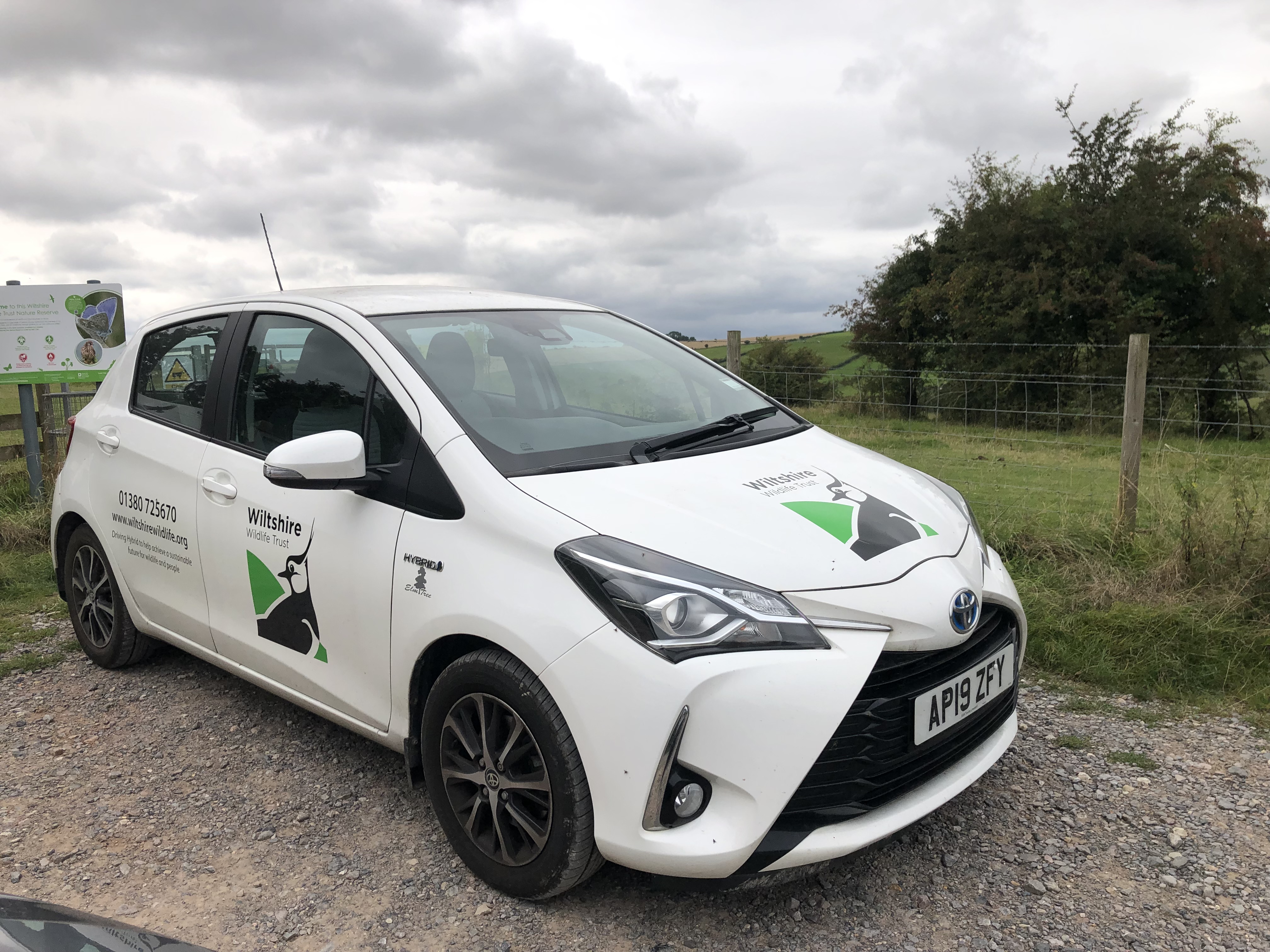
3 minute read
Carbon footprint
The Trust recognises the threat to wildlife and people from climate change and is committed to being net carbon positive. This means minimising our emissions and optimising the carbon stored, captured and sequestered through land management of our nature reserves.
Our calculations show that we continue to capture and store more carbon than we emit. Accurate measurement is difficult and our calculations are based on the best available information. Each year, additional indirect sources of carbon emissions (known as Scope 3) have been included in the calculations. Even with these additions, during 2021-22* we calculate that the Trust removed net 1,784 tonnes of carbon dioxide equivalent (t CO2e).
This was a significant increase compared to previous years, largely due to using improved data to calculate carbon exchanged on our nature reserves, but also in part thanks to the creation/extension of wet grassland nature reserves at Upper Minety Meadows and Bay Meadows, enabling us to capture more carbon year-on-year.
Emissions from conservation grazing livestock made up the majority of the Trust’s carbon emissions: 65%. However these were down on previous years due to a reduced number of animals and more accurate categorisation. Questions have also been raised about whether the metrics widely used to convert methane emissions from livestock to carbon exaggerate their impact - we used the ‘Farm Carbon Toolkit’.
Other emissions increased compared to the previous year. This is partly due to including more items within our Scope 3 calculations, but also because of the increased work carried out by the Trust. Wiltshire is a large county, therefore travel for work made up 26% while energy use was 7% of our emissions. Following the end of Covid restrictions, the Trust continued to support hybrid working to reduce the need for commuting.
To give an overall ‘Carbon Footprint’ for 2021-22, we calculated the carbon capture and sequestration rates that best matched the different habitats and management of our nature reserves, using a variety of sources and the lower rates where a range were identified for similar habitats.
Which carbon emissions are used?
Resources included in this calculation are fossil fuels used in hand tools, small machinery and fleet vehicles, and electricity usage. Emissions from the following are also included: livestock, waste and recycling, water used and sewerage at sites without treatment facilities, staff travel, commuting and working from home, volunteer travel, transmission and distribution of grid electricity and emissions which come from extracting, refining and transporting fossil fuel before we use it.
Looking ahead
Annual action plans will enable us identify opportunities to reduce our carbon emissions further in key areas. Our staff and volunteer Sustainability & Carbon Reduction Group is helping to put these plans into action.
Read more about how we calculate our carbon footprint at: www.wiltshirewildlife.org/ carbon-footprint









